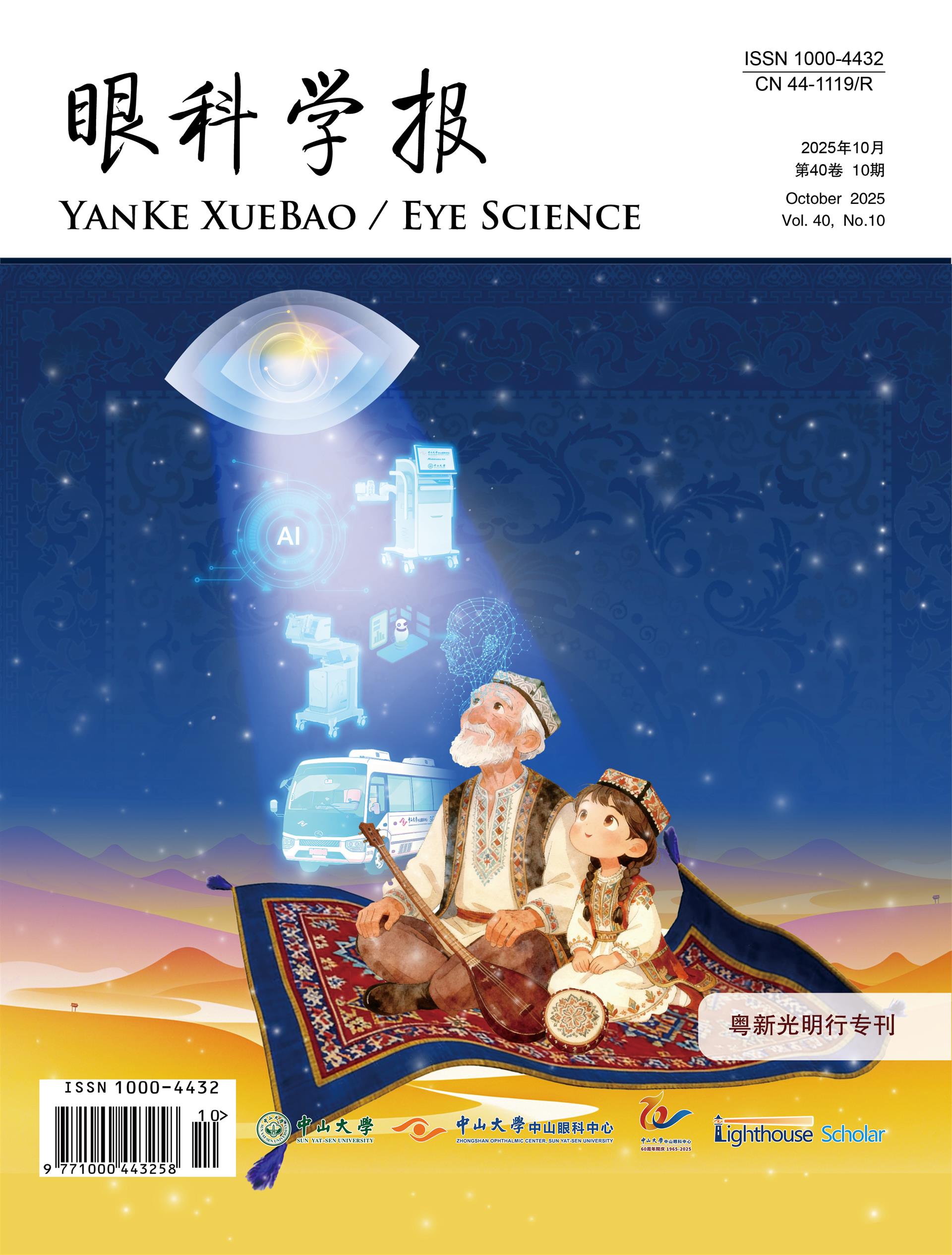Conjunctival goblet cells are of great significance to the ocular surface. By secreting mucins—particularly MUC5AC—they play a pivotal role in stabilizing the tear film, safeguarding the cornea from environmental insults, and preserving overall ocular homeostasis. Over the past decade, remarkable progress has been made in understanding the distinctive biological characteristics and regenerative potential of these specialized cells, opening novel avenues for treating various ocular surface disorders, ranging from dry eye syndrome and allergic conjunctivitis to more severe conditions such as Stevens-Johnson syndrome. This review comprehensively examines the morphology, function, and regulation of conjunctival goblet cells. Advanced imaging modalities, such as transmission electron microscopy, have provided in-depth insights into their ultrastructure. Densely packed mucin granules and a specialized secretory apparatus have been uncovered, highlighting the cells’ proficiency in producing and releasing MUC5AC. These structural characterizations have significantly enhanced our understanding of how goblet cells contribute to maintaining a stable and protective mucosal barrier, which is crucial for ocular surface integrity. The review further delves into the intricate signaling networks governing the differentiation and regeneration of these cells. Key pathways, including Notch, Wnt/β-catenin, and TGF-β, have emerged as essential regulators of cell fate decisions, ensuring that goblet cells maintain their specialized functions. Critical transcription factors, such as Klf4, Klf5, and SPDEF, have been identified as indispensable for driving the differentiation process and sustaining the mature phenotype of goblet cells. Additionally, the modulatory effects of inflammatory mediators—such as IL-6, IL-13, and TNF-α—and growth factors, such as EGF and FGF, are explored. These molecular insights offer a robust framework for understanding the pathophysiological mechanisms underlying ocular surface diseases, wherein the dysregulation of these processes often results in diminished goblet cell numbers and impaired tear film stability. Innovative methodological approaches have provided a strong impetus to this field. The development of three-dimensional (3D) in vitro culture systems that replicate the native conjunctival microenvironment has enabled more physiologically relevant investigations of goblet cell biology. Moreover, the integration of stem cell technologies—including the use of induced pluripotent stem cells (iPSCs) and bone marrow-derived mesenchymal stem cells (BM-MSCs)—has made it possible to generate goblet cell-like epithelia, thereby presenting promising strategies for tissue engineering and regenerative therapies. The application of artificial intelligence in optimizing drug screening and biomaterial scaffold design represents an exciting frontier that may accelerate the translation of these findings into effective clinical interventions. In conclusion, this review underscores the central role of conjunctival goblet cells in preserving ocular surface health and illuminates the transformative potential of emerging regenerative approaches. Continued research focused on deciphering the intricate molecular mechanisms governing goblet cell function and regeneration is essential for developing innovative, targeted therapies that can significantly improve the management of ocular surface diseases and enhance patient quality of life.

















